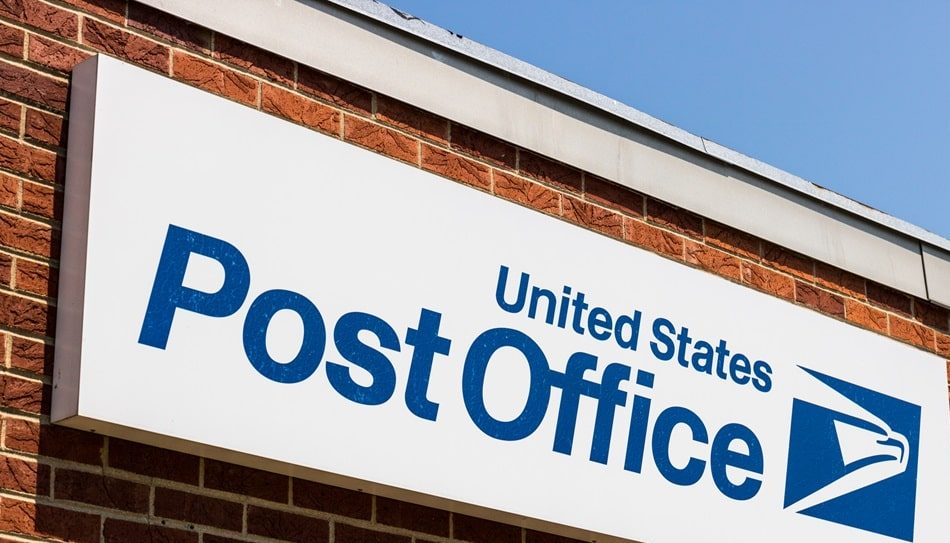The US Postal Service (USPS) has announced an ambitious plan to save $30 billion over the next decade through a series of delivery and operational changes.
This initiative is part of the agency’s efforts to achieve long-term financial stability after years of mounting losses. It has faced challenges in adapting to the rapidly changing postal and logistics landscape.
The USPS has faced declining mail volumes and increasing operational costs in recent years. The proposed changes aim to streamline operations and enhance efficiency. The goal is to ensure the Postal Service can continue to fulfill its mission without requiring additional taxpayer support.
Key Components of the Cost-Saving Plan
Changes to Delivery Operations
One of the primary components of the USPS’s cost-saving plan involves changes to its delivery operations.
The agency is looking to optimize delivery routes, reduce deliveries in certain areas, and use more centralized delivery points. This is to reduce the time and resources required for daily mail and package deliveries. These changes are expected to significantly reduce labor costs, which constitute a substantial portion of the USPS’s overall expenses.
By refining its delivery model, the Postal Service aims to improve operational efficiency while maintaining reliable service for customers across the country.
Need Career Advice? Get employment skills advice at all levels of your career
Modernizing Infrastructure and Technology
In addition to altering delivery operations, the USPS plans to invest in modernizing its infrastructure and technology.
This includes upgrading its vehicle fleet to more fuel-efficient models. This will help lower transportation costs and reduce the agency’s carbon footprint. The modernization efforts also extend to automating sorting facilities and adopting advanced tracking systems. This move is intended to enhance the speed and accuracy of mail and package processing.
These technological advancements are crucial for the USPS to stay competitive in the increasingly digital and e-commerce-driven market. By improving its logistical capabilities, the Postal Service aims to better meet the demands of modern consumers while cutting costs.
Workforce Adjustments
As part of the cost-saving initiative, the USPS is also looking to make adjustments to its workforce.
This may involve offering early retirement incentives, reducing overtime hours, and restructuring management roles to align with the agency’s streamlined operations. The measures are designed to reduce costs. However, some concerns have been raised about potential impacts on employee morale and the quality of service provided to the public.
The USPS said any workforce changes will be implemented with the goal of minimizing disruptions and ensuring that employees are treated fairly. However, the agency concedes achieving the $30 billion savings target will require difficult decisions and careful planning.
The Broader Financial Context
Addressing Long-Term Deficits
The USPS’s cost-saving plan comes as the agency continues to grapple with significant financial challenges.
Over the past decade, the Postal Service has reported billions of dollars in losses. This has been driven by a combination of declining mail volumes and rising cost. Unfunded liabilities related to employee pensions and healthcare benefits is also a factor. To address these debts, the USPS has sought to implement reforms aimed at reducing costs and increasing revenue.
The agency remains under significant financial pressure, necessitating more aggressive measures to achieve long-term sustainability.
Legislative Support and Challenges
The success of the USPS’s cost-saving plan may also depend on support from Congress.
In recent years, there have been calls for legislative reforms to provide the Postal Service with greater flexibility in managing its finances and operations. This includes calls for the ability to adjust pricing and service levels more freely.
However, the USPS’s efforts to implement cost-saving measures have been met with resistance from stakeholders concerned about the potential impact on service quality and accessibility. There are strong concerns over deliveries in rural and underserved communities.
Looking Ahead: The Future of the USPS
Ensuring Long-Term Viability
The USPS’s $30 billion cost-saving initiative represents a critical step in the agency’s ongoing efforts to secure its financial future.
While the road ahead is likely to be complex, the USPS’s leadership has expressed confidence that these changes will help the agency better serve the American public. They are also sure they will achieve the financial stability needed to operate without relying on taxpayer support.
Implications for Consumers and Businesses
The changes proposed by the USPS could result in adjustments in how and when mail and packages are delivered to consumers and businesses.
While the agency is committed to maintaining reliable service, customers may need to adapt to new delivery schedules and methods as the Postal Service implements its cost-saving measures. Overall, the success of the USPS’s initiative will depend on its ability to balance cost-cutting with the need to provide efficient, reliable service to millions of Americans who depend on the Postal Service every day.




